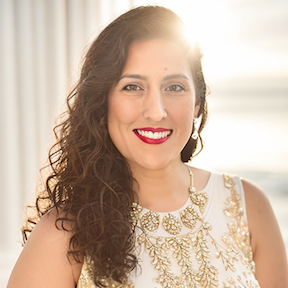SSP 02: HOW TO CRAFT A STORY FOR A DISRUPTIVE SOLUTION
Featuring Melissa Golan, CEO, RIPA Global
By Yasmine Khater on August 8, 2019
TODAY'S GUEST

Melissa Gollan, CEO, RIP Global
You'll Learn
– How an technical, non accountant launched and scaled a tech company
– The one secret tip to design an incredible product that sells
– How to create a trust based culture where you have to kick your employees out
– The one funding advise Melissa gives that is not what it seems
Show Notes
What is the vision of RIP Global? Why do they exist and what do they do?
They solve the problem of processing receipts and invoices. No one cares what language technology is built in. They care what it can do for you. The best technology is one you don’t even know you’re using,
[01:30] How does RIP Global’s software work?
The relationship between the customer, merchant, and sales system are connected. The merchant prints the receipt and hands it to the customer to do something. It should be automated and digital, and instead is manual.
Flexible automation. An accountant or lawyer incurs expenses on behalf of a client and need to bill it back to the client. The customer can pay and walk away. A four to nine touch process is reduced to two: buy and audit. There’s a difference between digitization and automation. Even if a receipt is emailed, you must consolidate your purchasing information into one location.
[03:45] How long has the company been around?
RIP Global, an enterprise automation platform for compliance, has been around for 5 years. There’s an 8% fraud rate with expensing and they pipe in clean data. They have patents all over the world to deal with businesses that don’t want to process receipts anymore, which is everybody. The only way to become fraud-free without wasting time and money is to automate.
[05:30] How did you land the New Zealand government as your first client?
This product will save the government $200 million per year and 2 million hours of time. There’s a social aspect: it takes away awful jobs from people to do more productive things, it eliminates fraud, and is better for the environment.
[07:00] How did you get investors onboard with your vision when you first started out?
The first small round went to friends and family. Then, she onboarded strategic investors. Business owners who process receipts “get” that this is the most hated problem. She’s raised $2.5 million in revenue and is about to close out another round. It’s about choosing the right people, like dating.
[08:30] How did you get the Australian government as a client as well?
They are working on an Australian, New Zealand, Singaporean joint venture promoting digital framework invoices to speed up payments. Turnaround was nearly one month and is now 3 days.
[10:00] What was it like to hire the first batch of employees?
Melissa made a few mistakes and kissed a few frogs. Then, she actively hunted for people who wanted to work for a globally-focused company, recruiting the best tech team in New Zealand. One employee didn’t know what a receipt was and didn’t see the value in the product. The team is now fully invested. They don’t want to leave at the end of the day.
[13:50] How do you onboard your clients?
They signup that client, ask where to spend their expensing. They want to work with merchants that care about service, making more money, and loyalty systems. They can share data and grow that revenue.
[16:10] What ecosystem are you building?
The app gives merchants the ability to offer deals back to the client. They’re payment-neutral and work for checks, cash, debit, and credit. They aren’t forcing fees on that merchant.
Melissa is not an accountant but understands the pain of the merchants. She can help them stop printing receipts, provide customer data, and open up new advertising opportunities.
[18:30] What is your personal vision?
They’re an automated platform for compliance, which involves expenses, bookkeeping, pushing data into QuickBooks, SAP, Oracle. Text extract could be next. They could take over the horrible things people don’t like doing. Building products is about finding the things people don’t like doing, and getting rid of them. Digitisation and automation will change peoples’ lives. Pay attention, feel pain, and choose one problem to solve.
[21:00] What is one last piece of advice you’d like to share?
People don’t like disruption. Prepare yourself for push back from the status quo. Give yourself plenty of time. Appreciate that it’s a marathon, not a sprint. Do what you can to protect your intellectual property and your business.
Choose investors who won’t only give you money. Make friends with connections.
 Hey, I’m Yasmine Khater, I am the founder of the Sales Story Method and host of the Sales Story Podcast.
Hey, I’m Yasmine Khater, I am the founder of the Sales Story Method and host of the Sales Story Podcast.
In case you don’t know me, here’s something about me. First, I know exactly what you’re going through. And I’ll tell you why.. I was not always persuasive. I had spent most of my life shy and afraid to speak up. I thought that getting someone to say yes was a talent that only a few people had.
Then I started to study the brain, and why people said no. Once I understood the reason behind their resistance, I realised that it all came down to their fears. And that true leadership is about helping others overcome their fears.
So I started to study what it takes to influence. My findings allowed me to crowdfund over $150K, build and sell a company, land speaking engagements and have full-page press coverage.
Over the last five years I’ve helped senior leaders in over 100 MNCs – including organisations like DBS, Salesforce, ClubMed, Danone and GoJek – and governments use stories to stand out, close sales, inspire their team and grow their businesses (and careers). I’ve also helped entrepreneurs raise millions in funds.
On a lighter note, I am an aspiring “armchair” neuroscientist, with a degree in Psychology and who loves to study the brain. I come from a mixed heritage and because I love exploring and learning about people and culture, I have lived in 7 countries and travelled to over a quarter of all the countries in the world.
Are you Ready to
Activate the Power of Your Own Story?
Stand out by Telling your own Story
Become the storyteller everyone remembers.
Do you struggle to craft your stories?
Do the people listening get lost or confused?
Do you find that projects take longer because your team/stakeholders/customers are misaligned?
Do you feel unsure of how to inspire people to get their buy-in and build your authority?



